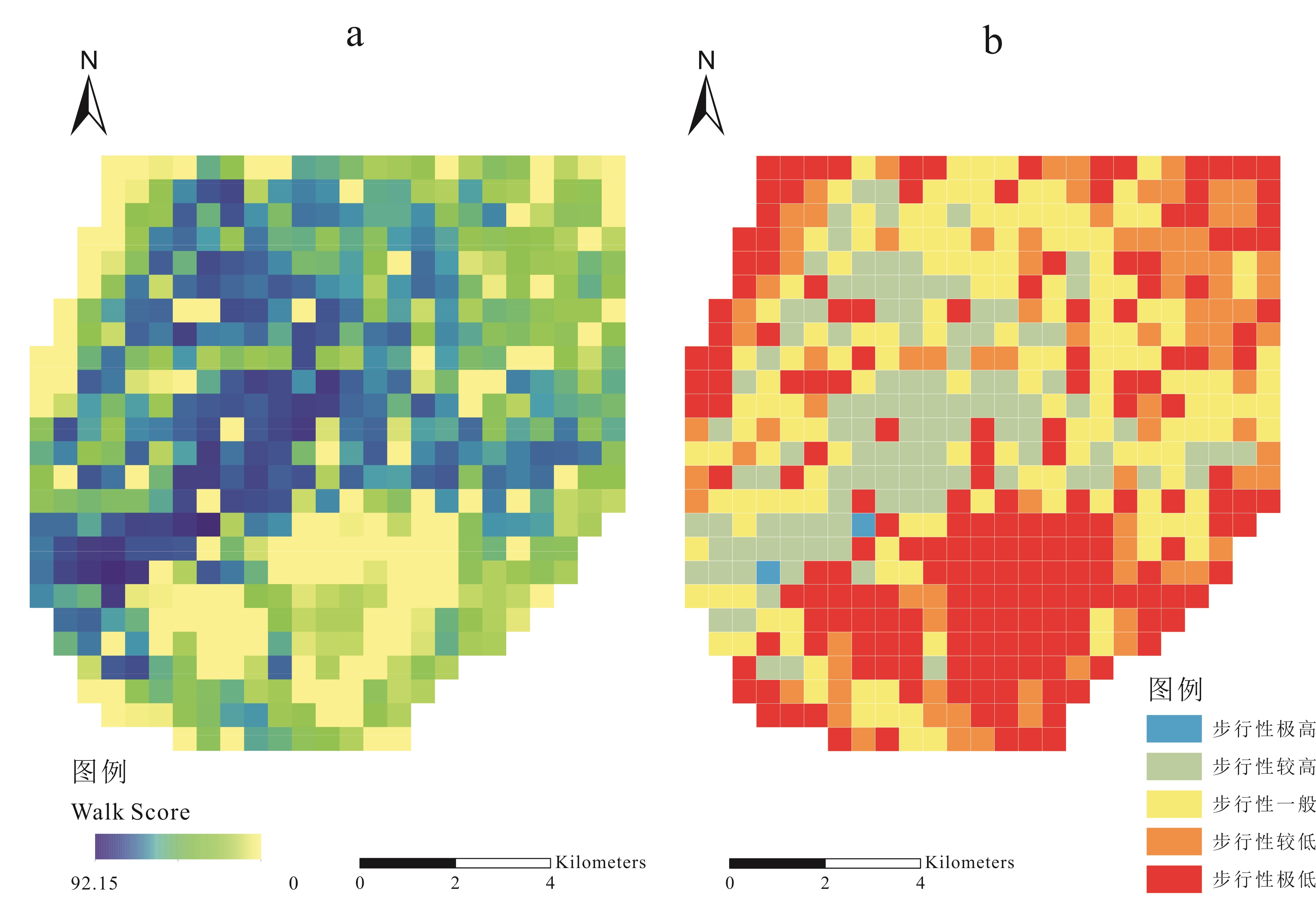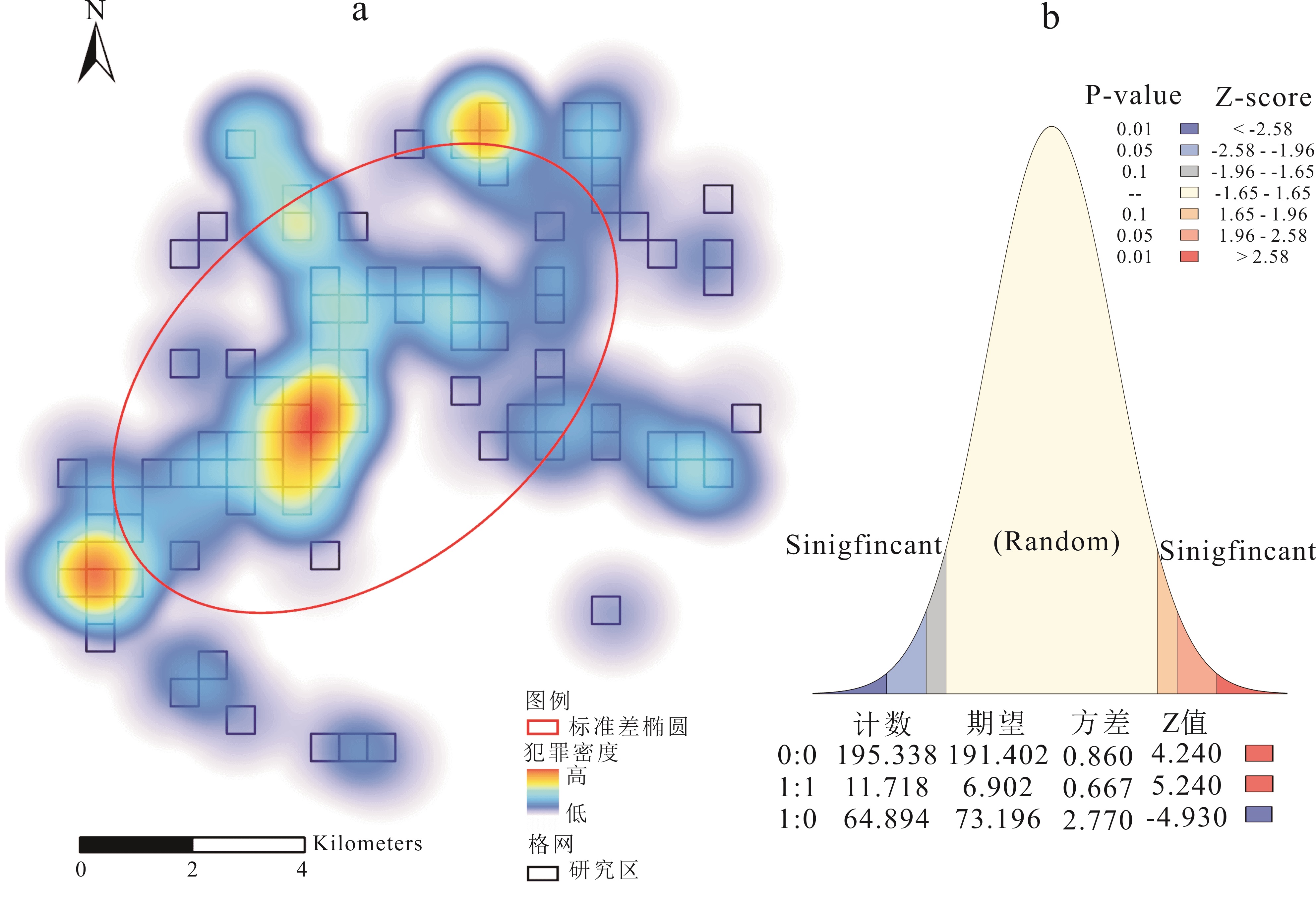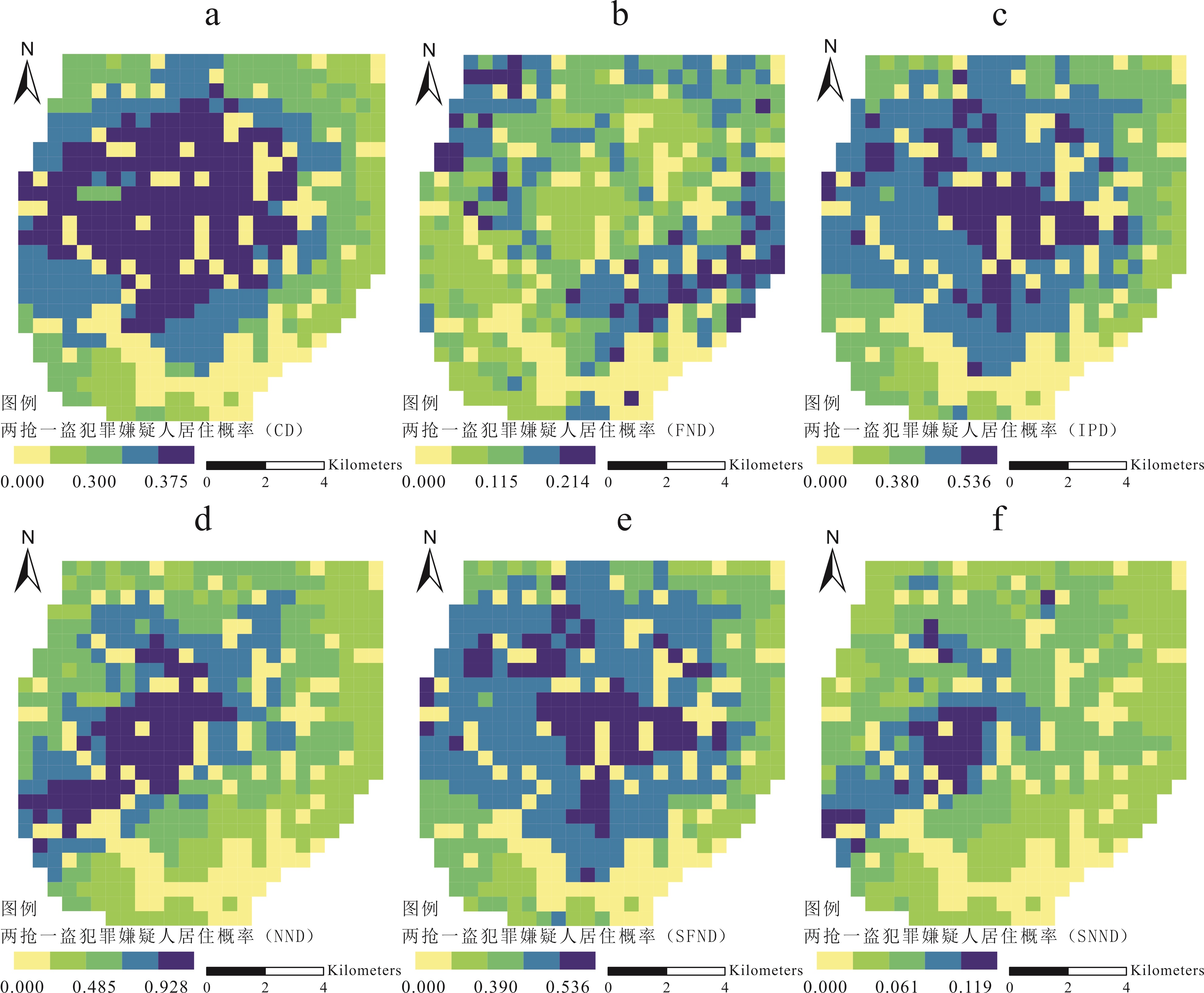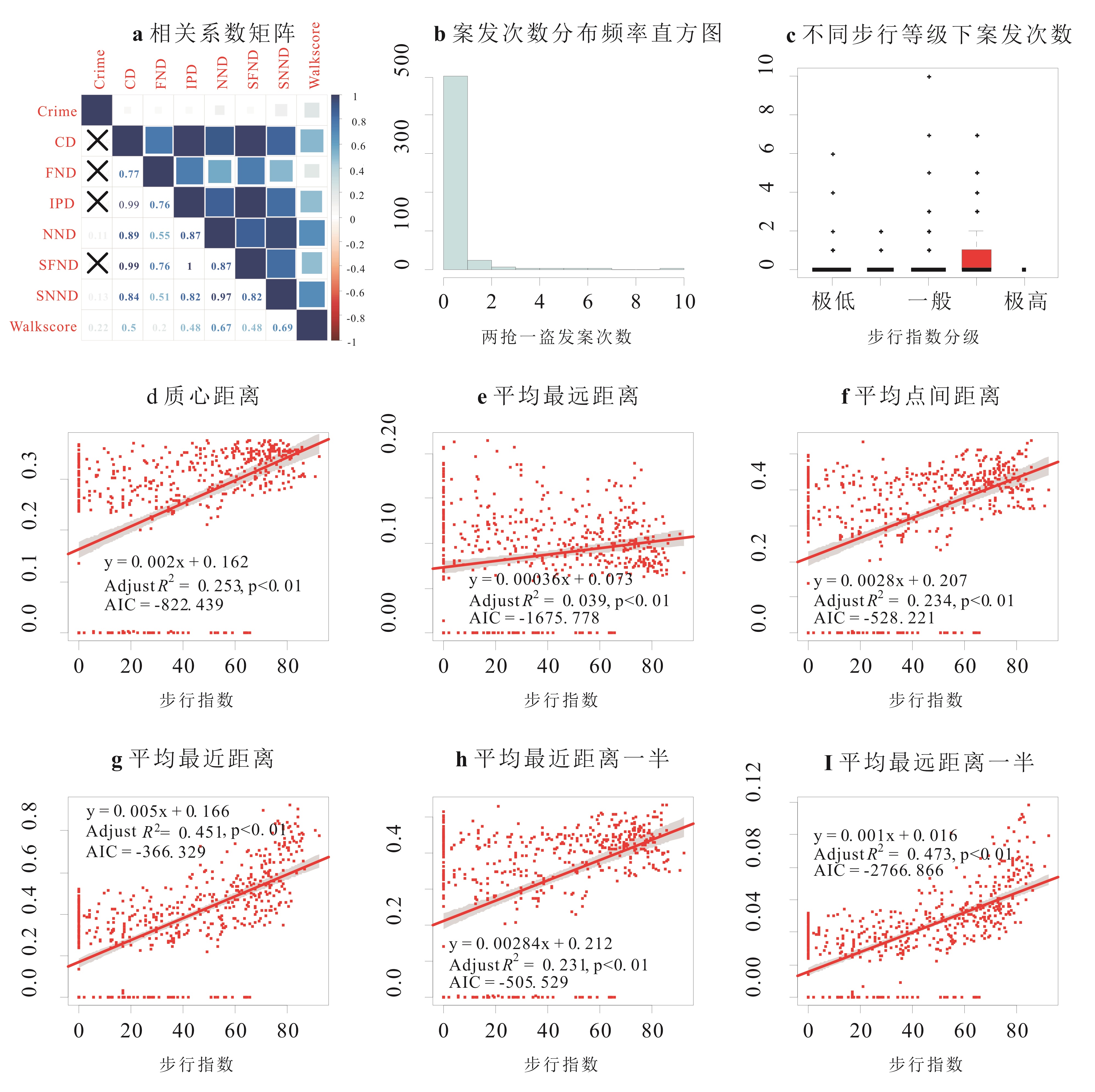Influence of Walking Environment on Robbery, Snatch and Theft Crime in Urban Area, H City, China(Chinese)
Abstract
The urban space environment is an important factor for urban crimes. A greater walkability of city can reduce the crime rate in many Criminal Geography theories. However, there is few empirical studies in China. Previous studies on Criminal Geography paid more attention to the role of urban environment in crime prevention, and lack of attention to its auxiliary function of criminal investigation. This study built a multi-source spatial database by combining the theory of CPTED, Defensible Space, Criminal Behavior and Geographic Profiling. The municipal district of H city located in the southeastern coastal region of China was taken as a case study area. The Walk Score and criminal geographic targeting model were applied for the measurement. The Pearson correlation coefficient, generalized linear model, geographically weighted generalized linear regression model were used to analyze the impact of urban walking environment on robbery, snatch and theft crime (RST). The results showed that the walking environment probably has a positive effect on the RST crime in H city, the greater walkability, the more RST. The effects of walking environment probably has spatial heterogeneity features both on RST and the residence probability of suspects. There were different impacts of walking environment on the RST and the residence probability of suspects in different regions. The areas near the major transportation hubs or along the main road have great walking environment. However, they probably have more RST and higher residence probability of suspects than other places based on result of model. Although the high-grade hotels, commercial buildings and tourist attractions have great walking environment, there were low RST and the residence probability of suspects based on result of model due to the sound security and personnel access control system. This research provides a reference for prevention and investigation for robbery, snatch and theft crime.
Scientific problems
(1) The influence of urban walking environment on the RST, whether it is in consitent with the theory of good urban walking environment and reducing crime rate in western context?
(2) What are the characteristics and laws of urban walking environment on RST?
Methods

Figure 1 Analytic framework
Results

Figure 2 Walking environment in urban

Figure 3 The results of spatial aggregation(a) and spatial autocorrelation(b)

Figure 4 The spatial distribution of residence probability of suspects under the different distances

Figure 5 The visualization of correlation coefficient matrix and scatter plot

Figure 6 Spatial variation of regression coefficient of GWGLM
Conclusion
The results showed that the walking environment probably has a positive effect on the RST crime in H city, the greater walkability, the more RST. The effects of walking environment probably has spatial heterogeneity features both on RST and the residence probability of suspects.